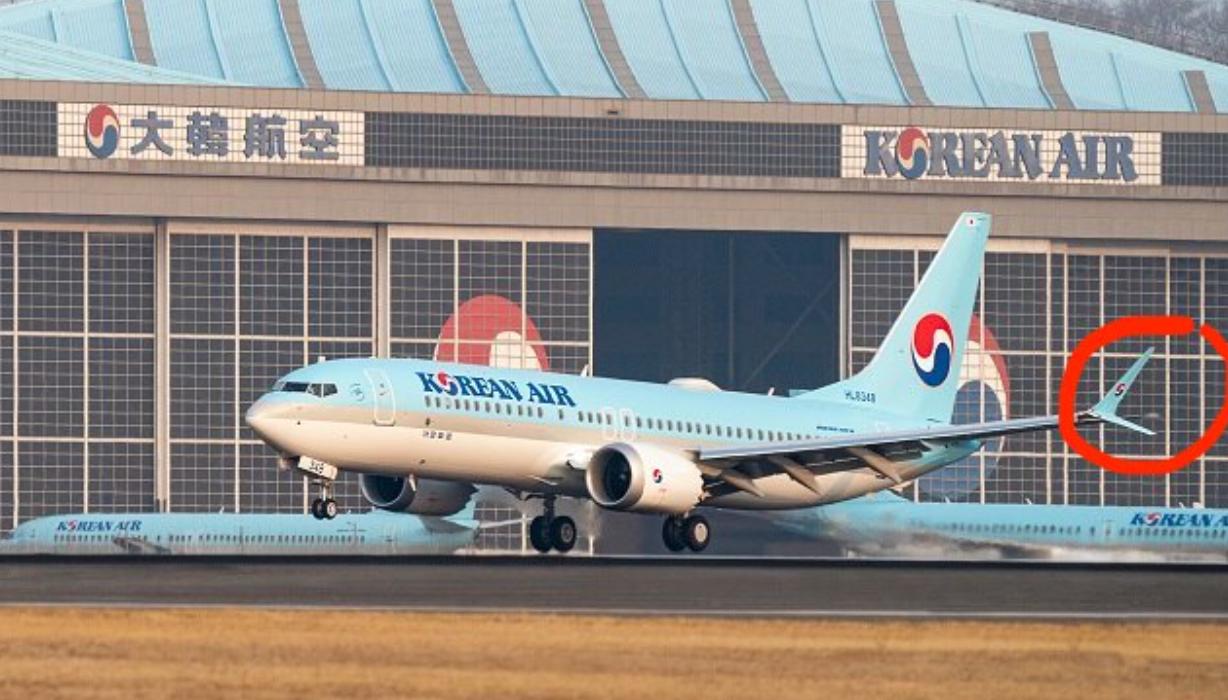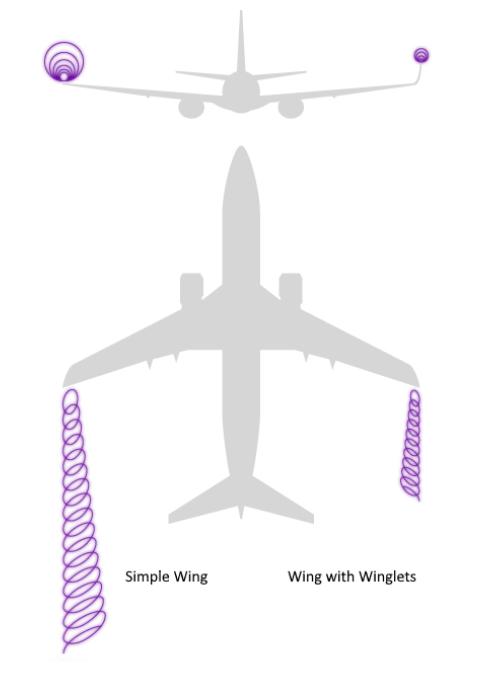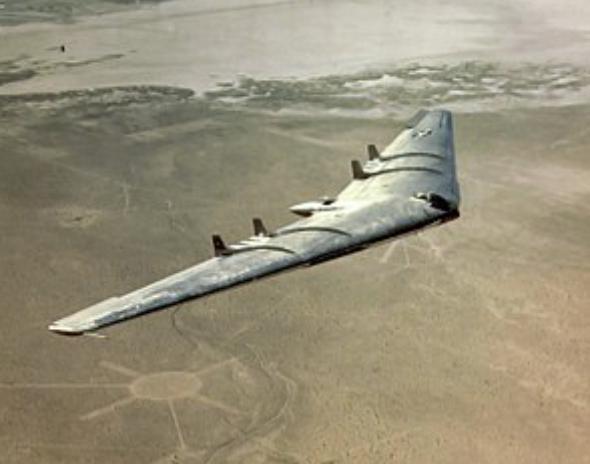
2 minute read
WINTIP DEVICES
from APRIL 2023
Yongsuk Kim
Winglets, Sharklets, Split-tips, oh my! If you’ve ever looked out of an airplane window, or just ever have seen an airplane itself, you probably noticed a protruding device at the tip of a plane’s wings. These devices are called “wingtip devices”. Wingtip devices come in all kinds of shapes and sizes, and winglets, sharklets, split-tips are types of these wingtip devices This article aims to provide an overview of how these devices work.
Advertisement
Wingtip devices are extensions made to an aircraft’s wing, at the end, as pictured above. According to Simple Flying, in general, regardless of its design and type, these wingtip devices are designed to improve fixed wing fuel efficiency. They do this by limiting the amount of drag produced by the aircraft’s wings through partial recovery of the tip vortex energy. But what does that mean? According to Engineer Element, or Engre, a multitude of forces act on every object Force, in this case, refers to forces in physics, like gravity or air resistance. The most important force for this topic is drag.. Drag is the force resisting an object, as it moves through air There are three components to drag relevant to airplanes: profile drag, shockwave, and induced drag of the wing When a wing travels through air flow, a pressure difference between air above and below the wings are formed, with the area below the wing having more pressure Gasses, such as air, travel from high pressure areas to low pressure areas. The shortest route to move from the high pressure area to the low pressure area without moving upstream is horizontally towards the wingtips and curving upwards However, since the aircraft is moving forward concurrently, it means the air which curved upwards towards the top of the wing is now behind the wing, with another portion of air doing the same movements in its place. This creates a rotating movement at the wingtips, called the vortex cord



But how do we reduce the induced drag? As mentioned earlier, gasses travel from high pressure areas to low pressure areas horizontally via the wing According to Engre, theoretically, however, if the wing is extended forever, there would be no tip where the high pressure air could turn to the area with low pressure air, therefore blocking the process of induced drag of the wing. However, since an infinitely long wing is impossible, engineers simply elongate the wing to negate this effect as much as possible


However, even this method still has its issues. If the wingspan is simply increased, it means that the gravitational forces will make it snap apart If better materials are used to improve the strength of the wing, then the wing would become too heavy and the aircraft would not be able to take off Therefore, engineers looked to a different solution using the same idea: wingtip devices. By creating a device which curved upwards at the tips of the wings, the distance that the high pressure air had to travel in order to get to the low pressure air would increase, which would make the vortices less powerful, without making the wing itself any longer The less powerful vortices would translate into resulting in less drag, resulting in less fuel used for the same distance traveled
This method is now used in many aircraft around the world. From small jets to large long-haul giants, wingtip devices have helped the environment and your ticket prices by reducing fuel usage, and variations on this technology will continue to flourish into the future, as our society looks towards more environmentally friendly options and moves away from fossil fuels





